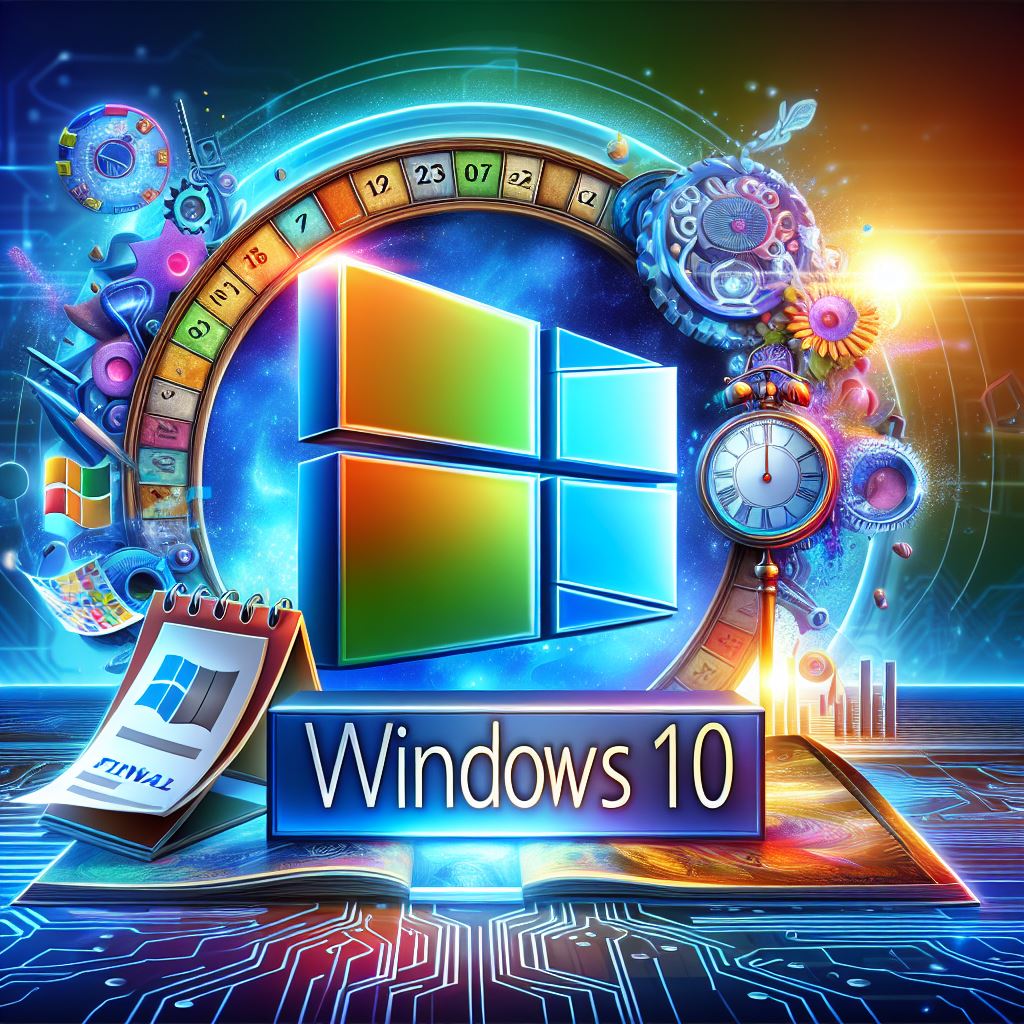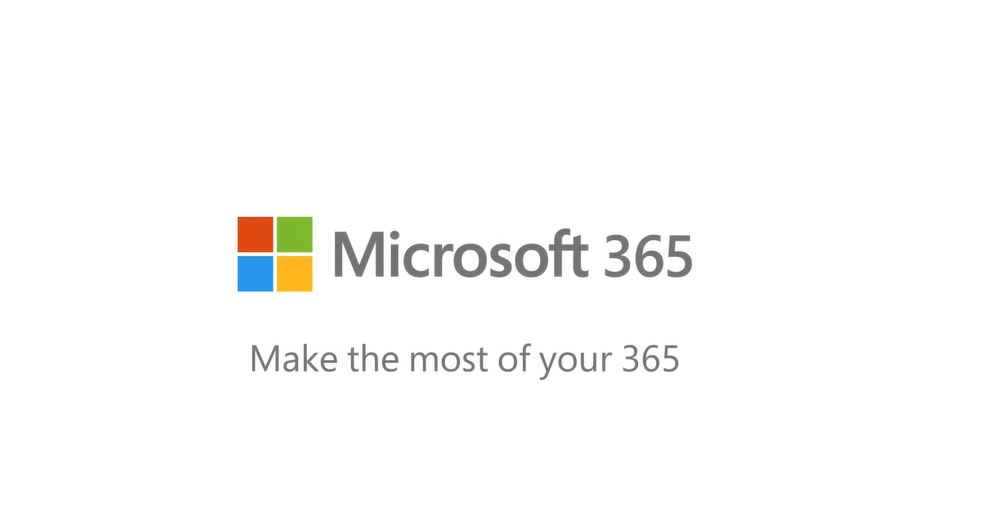A recent study found that hybrid work models are used by 63% of high-growth companies and are the preferred model for 83% of their employees. Today organisations look to combine the advantages of both office and remote working to enable its employees to be as productive as possible. in this blog we explore whether the hybrid work model is here to stay.
Collaboration and Communication
One the main challenges facing remote working is ensuring that people can collaborate and interact with each other productively. To address this problem, Businesses employ unified communication solutions such as Microsoft Teams.
Teams is a unified communication platform, allowing users to communicate via audio, video, and instant messaging. In addition, MS Teams continues to add features centred to improve collaboration by enabling real time editing on shared documents.
Optimising the employee experience
Employees will have a better experience with the hybrid work paradigm since it provides flexibility and improves employee wellbeing. However, as the model matures, it has become clear that in order to properly engage employees and realise these benefits, organisations must examine all aspects of the employee experience. Implementing an employee experience platform, such as Microsoft Viva, is one method to improve this. In the flow of work, Viva brings together communications, knowledge, learning, resources, and insights. All four parts work together to empower people to accomplish what’s best for them and the firm as a whole. Businesses can take advantage of the hybrid work paradigm in 2022 if they create an employee experience platform.
Hybrid meeting technologies
A unique difficulty of hybrid working is the capacity to organise efficient meetings while some attendees are physically present and others join virtually. If real guests are using a single laptop, virtual attendees may have a bad experience due to poor audio quality, and depending on the number of physical attendees, it may be impossible to fit everyone on video. One approach is to equip a venue with hybrid meeting audio visual equipment such omnidirectional microphones, a large screen to display virtual people, and an external video conference camera. This ensures that the conference is productive for all participants, regardless of where they are located. In order to improve the experience, Microsoft has also added new features to Teams.
Securing the hybrid workplace
Many businesses struggled to keep their IT systems and endpoints secure when they moved to remote working. Cybercriminals took advantage of this and unfortunately 2020 and 2021 saw thousands of businesses fall victim to cyberattacks. Currently, the golden standard for network security is the zero trust model. This model assumes that there are malicious actors both inside and outside a network. Therefore, no users or machines are automatically trusted, and all requests must be authenticated and authorised. This verification is based on all data points, including user identity, device health, service or workload, classification and anomalies. This is ideal for hybrid work as it prevents most attacks, regardless of where an employee is located. However, for businesses that are not ready to completely overhaul their security model, many of the principles of zero trust can be applied in isolation to secure the hybrid workplace.
Get in touch with us today to learn more about how technology can help you support your hybrid workplace.


 Previous
Previous







